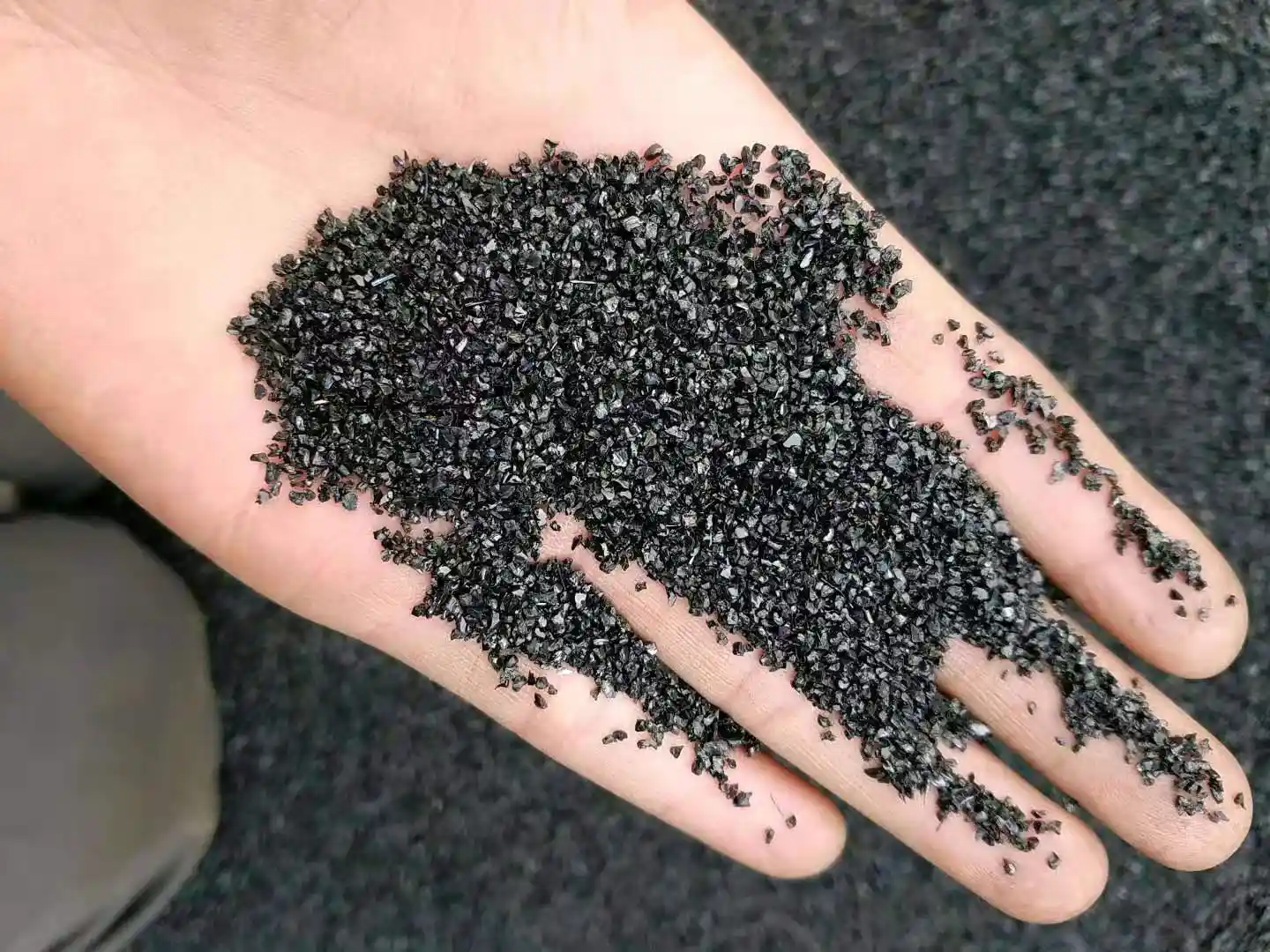Carborundrum, also known as silicon carbide (SiC), is a unique and highly versatile synthetic inorganic material that has captured the attention of scientists, engineers, and manufacturers across a wide range of industries. Composed of silicon and carbon, this extraordinary compound possesses a remarkable combination of physical and chemical properties that make it an indispensable material in modern technological advancements.
One of the most striking features of carborundrum is its exceptional hardness, second only to diamond on the Mohs hardness scale. This exceptional hardness allows it to be used as an abrasive material for grinding, cutting, and polishing applications, making it a crucial component in tools, machinery, and various manufacturing processes. The hardness of carborundrum also contributes to its remarkable wear resistance, making it an ideal choice for components that must withstand high levels of friction and mechanical stress.
In addition to its impressive hardness, carborundrum also exhibits exceptional thermal stability and chemical inertness. It can withstand extremely high temperatures, making it a valuable material in the metallurgical and ceramic industries, where it is used for furnace linings, crucibles, and other high-temperature applications. Its chemical inertness also allows it to resist corrosion and various harsh chemical environments, further expanding its versatility in industrial settings.
The semiconductor properties of carborundrum are another significant aspect of this remarkable material. Silicon carbide can be engineered to possess specific electronic properties, enabling its use in the fabrication of high-power, high-frequency electronic devices, such as power amplifiers, switching components, and various sensors. This has made carborundrum a critical material in the rapidly evolving field of power electronics, where its unique characteristics are essential for improving energy efficiency and device performance.
Beyond its industrial applications, carborundrum has also found use in the production of abrasives, cutting tools, and even high-end jewelry and luxury goods, where its exceptional hardness and durability are highly valued. The versatility of this synthetic inorganic material continues to drive innovation and advancements in a wide range of industries, making it a true wonder of modern materials science.
As research and development in the field of carborundrum continue to progress, it is likely that we will witness even more remarkable applications and innovations that will further solidify its position as a crucial component in the technological landscape of the future.
